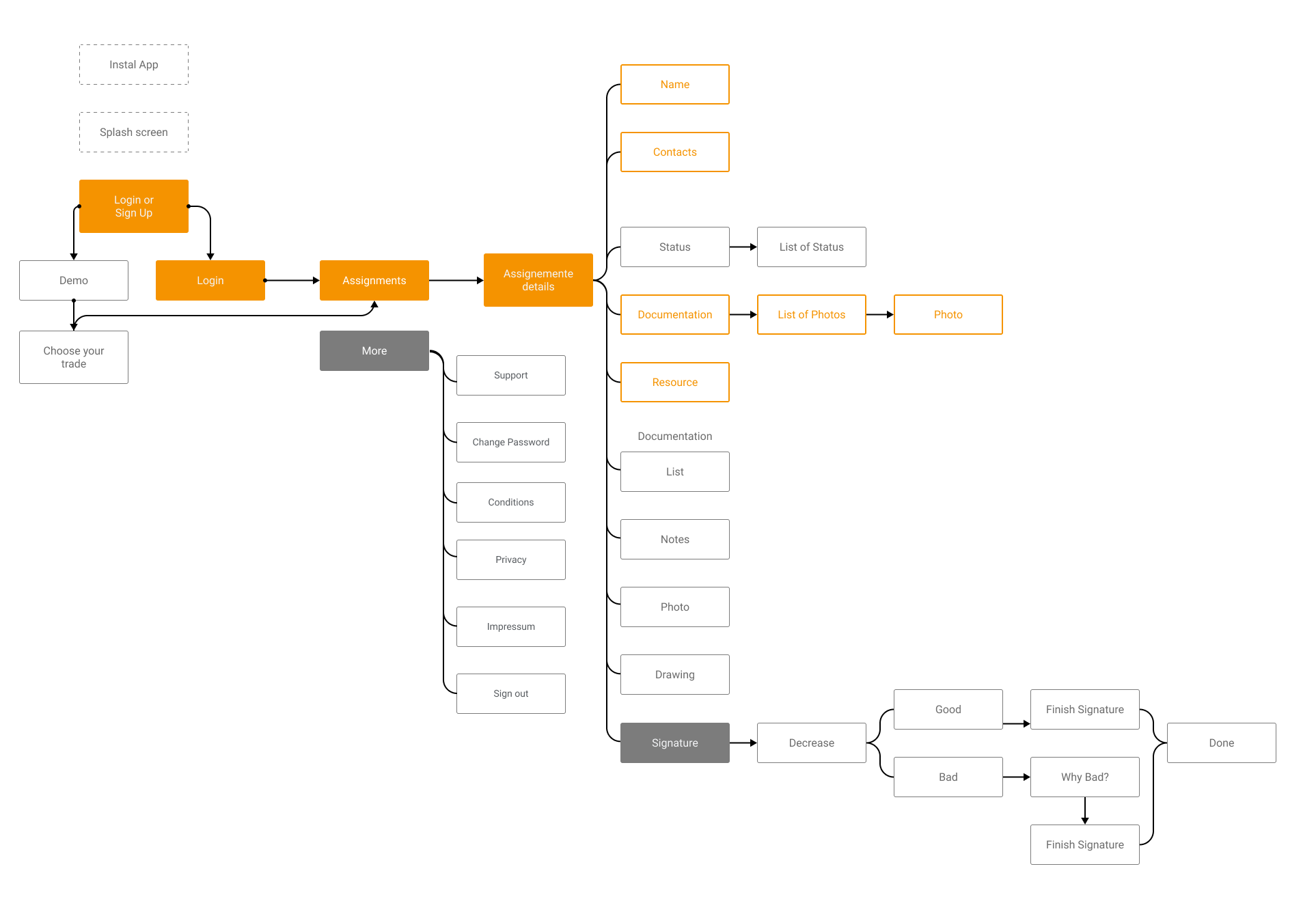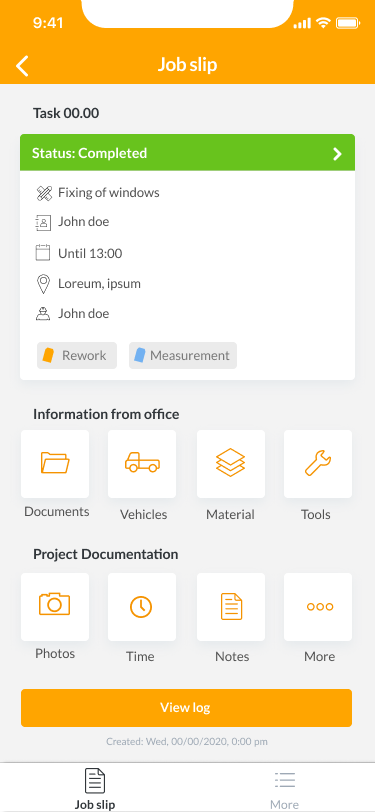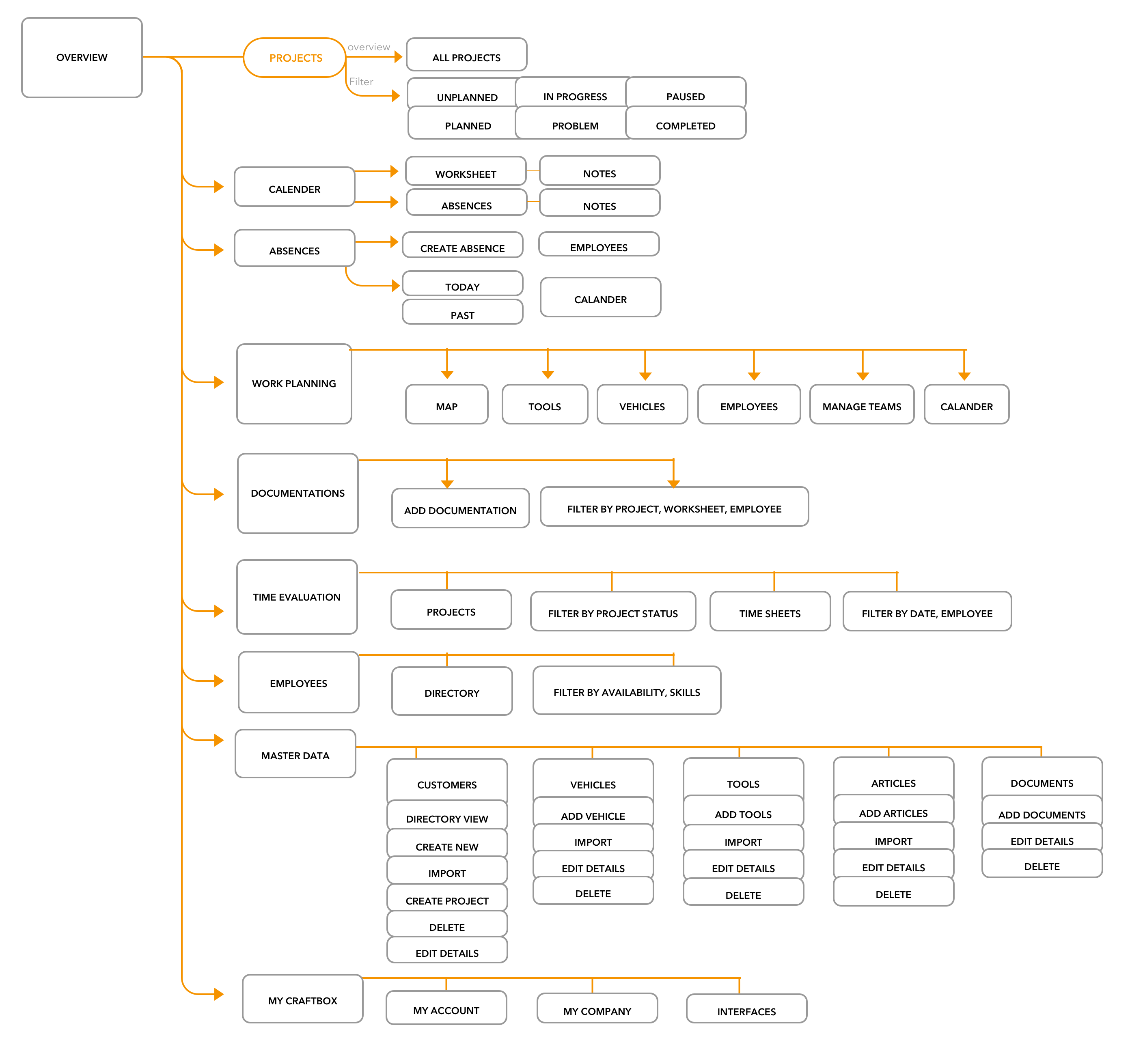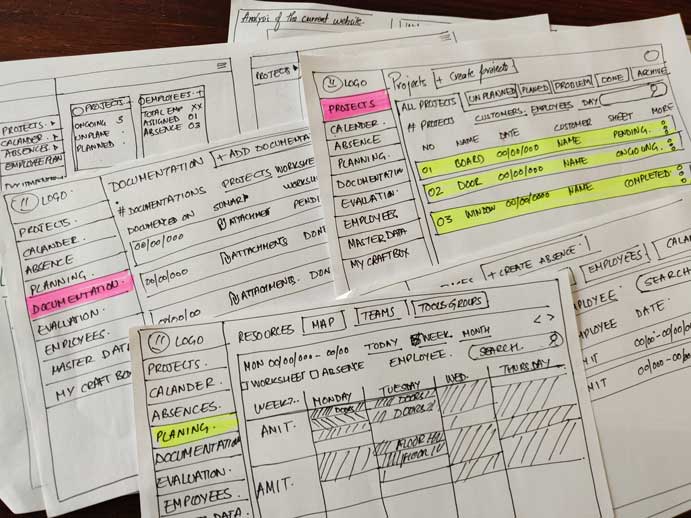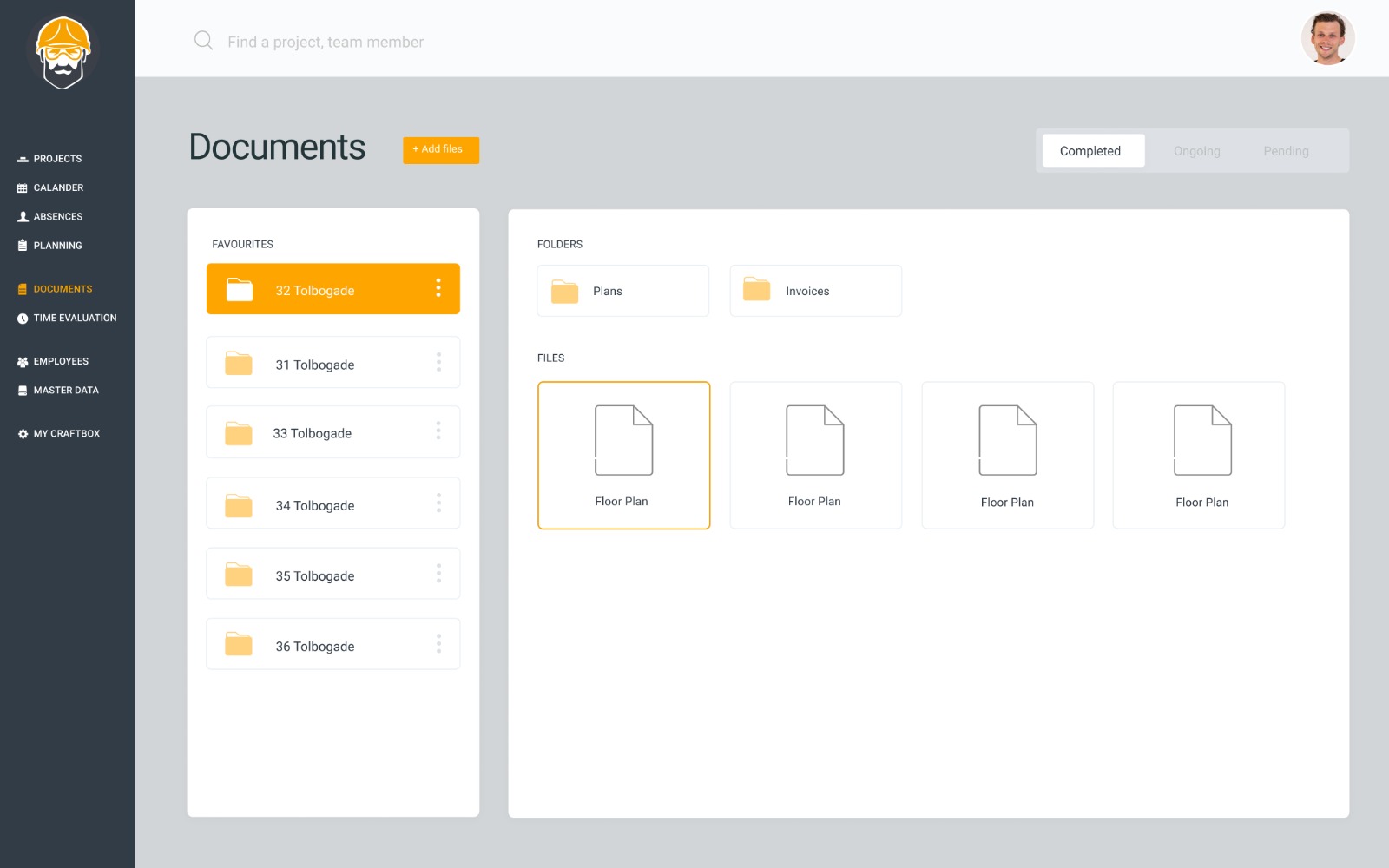Bridging the gap between workers and their supervisors.
Designing the user experience for a SaaS product that bridges the communication gap between tradesman and their supervisors. It streamlines work orders, material lists, customer data management, time recording, photos, scheduling, approvals for trade and industry. The challenge was to design the employee IOS app and the supervisor dashboard.


